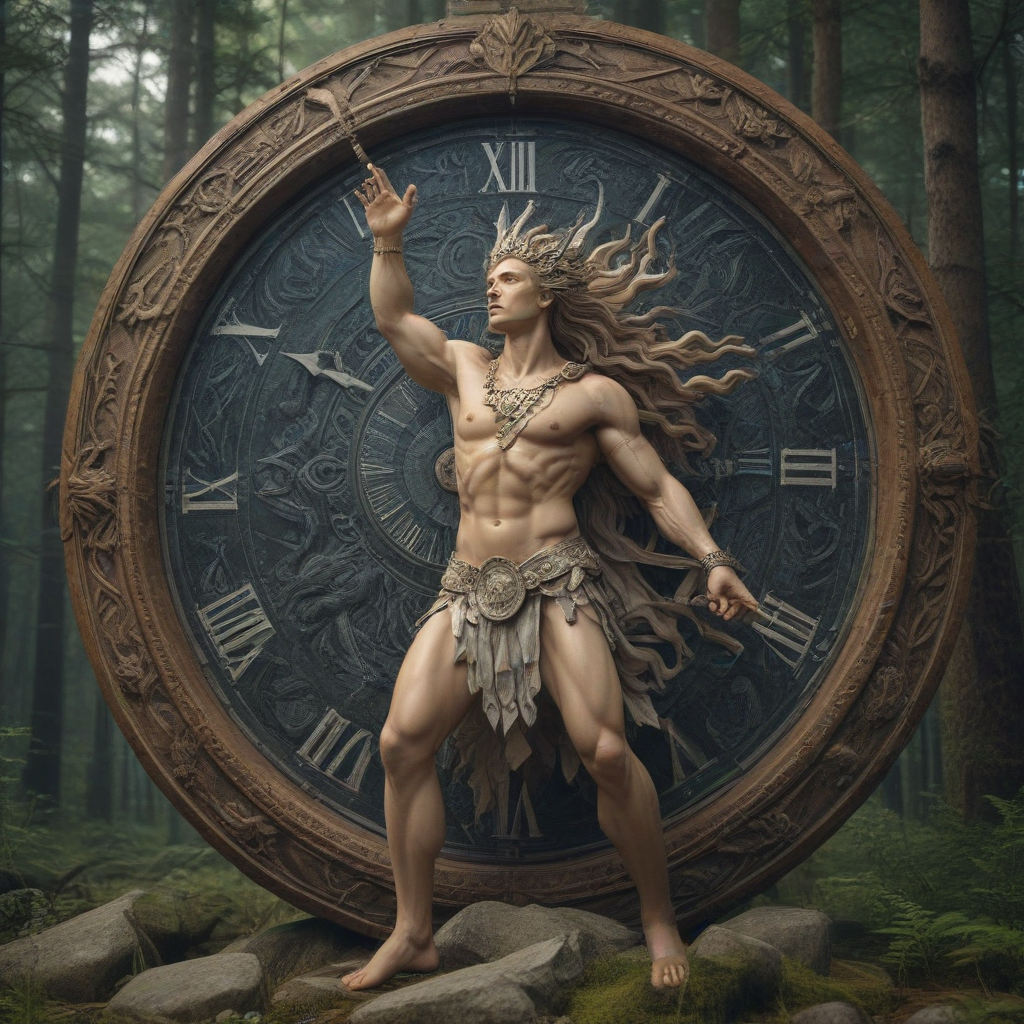The Mountain of the Fabled: Myths of Legendary Creatures
I. Introduction
Legendary creatures have fascinated humanity for centuries, serving as symbols of cultural beliefs, fears, and aspirations. These mythical beings often embody the essence of their environments, reflecting the landscapes, flora, and fauna that surround them.
Mountains, in particular, hold a significant place in folklore across cultures. They are often viewed as sacred spaces, towering above the earth, and representing a connection between the terrestrial and the divine. This article explores the rich tapestry of myths surrounding legendary creatures associated with mountains, examining their origins, cultural importance, and the ongoing influence of these tales in contemporary society.
II. The Cultural Importance of Mountains in Mythology
Mountains have been revered in various cultures, often regarded as the abodes of gods and mythical creatures. Their towering heights symbolize spiritual elevation and isolation, creating a sense of mystery and reverence.
- Mountains as sacred spaces: Many cultures view mountains as holy sites. For instance, Mount Olympus in Greece was considered the home of the gods, while Mount Fuji holds spiritual significance in Japan.
- Symbolism of height and isolation: The height of mountains often represents the distance from the mundane world, serving as a metaphor for enlightenment and transcendence.
- Famous mythological mountains across cultures: Some of the most notable include the Himalayas, the Andes, and the Alps, each associated with a variety of legendary creatures.
III. The Mythical Beasts of the Himalayas
A. Yeti: The Abominable Snowman
The Yeti, often referred to as the Abominable Snowman, is one of the most famous mythical creatures associated with the Himalayas. This elusive ape-like being has captured the imagination of adventurers and researchers alike.
- Origins and sightings: The legend of the Yeti dates back centuries, with early sightings reported by indigenous peoples of the region. Expeditions in the 20th century sparked a surge of interest, leading to numerous claimed sightings.
- Cultural impact and interpretations: The Yeti has become a symbol of the unknown, representing humanity’s fascination with unexplored frontiers.
B. Other Himalayan creatures: The Naga and the Mokele-Mbembe
Beyond the Yeti, the Himalayas are home to other mythical creatures such as the Naga, serpentine beings often associated with water and fertility, and the Mokele-Mbembe, a dinosaur-like creature said to inhabit the rivers of the region.
- Descriptions and legends: Nagas are depicted as protectors of rivers and treasures, while the Mokele-Mbembe is often described as a large, long-necked creature that resembles a sauropod.
- Significance in local lore: These creatures play vital roles in the mythology of the region, embodying the relationship between the natural world and local communities.
IV. European Legends: Creatures of the Alps
A. The Wild Man of the Woods
The Wild Man of the Woods is a legendary creature said to roam the dense forests and mountains of Europe, particularly in the Alps.
- Historical accounts and sightings: Throughout history, there have been numerous sightings and tales describing a large, hairy humanoid figure living in the wilderness.
- Connection to humanity and nature: The Wild Man represents humanity’s primal instincts and our connection to the natural world, often depicted as a figure that embodies the balance between civilization and wilderness.
B. The Dragon of Mont Blanc
The Dragon of Mont Blanc is another fascinating figure in European mountain mythology. Tales of fire-breathing dragons have been woven into the folklore of many Alpine communities.
- Tales of fire-breathing beasts: According to legend, this dragon guarded treasures and was feared by locals, symbolizing the dangers of nature.
- Symbolism in medieval European culture: Dragons often represent both evil and wisdom, embodying the duality of nature.
V. The Americas: Mountains and Their Mystical Guardians
A. Bigfoot: The North American Sasquatch
Bigfoot, or Sasquatch, is a legendary creature that has become a part of North American folklore, particularly in the Pacific Northwest.
- Origins, sightings, and evidence: Tales of Bigfoot have been passed down through generations, with numerous sightings reported over the years, leading to extensive investigations and debates about its existence.
- Cultural significance among Indigenous tribes: Many Indigenous cultures have their own stories of similar beings, often viewing them as protectors of the forest.
B. The Thunderbird: Protector of the Mountains
The Thunderbird is a powerful figure in Native American mythology, known as a protector of the mountains and a bringer of storms.
- Characteristics and legends: Often depicted as a giant bird, the Thunderbird is associated with thunder, lightning, and rain, playing a crucial role in the natural world.
- Role in Native American mythology: The Thunderbird is revered as a guardian spirit, symbolizing strength and protection.
VI. The Enigmatic Creatures of the Andes
A. El Tío: Guardian of the Mines
In the Andes, El Tío is a mythical figure associated with mining, believed to guard the precious minerals deep within the mountains.
- Description and rituals associated with El Tío: Often depicted as a devil-like figure, miners offer sacrifices to El Tío to ensure safety and good fortune.
- Impact on local mining culture: El Tío plays a vital role in the rituals and beliefs surrounding mining in the region, reflecting the connection between humans and the earth.
B. The Puma and its mythological significance
The Puma holds a significant place in Andean mythology, revered as a symbol of power and the natural world.
- Respect and reverence in Andean civilizations: The Puma is often associated with strength and agility, embodying the spirit of the mountains.
- Stories and symbolism: Various myths surround the Puma, often depicting it as a protector of the landscape and a guide for the souls of the departed.
VII. Asia’s Enigmatic Creatures Beyond the Himalayas
A. The Kirin: The Mythical Beast of East Asia
The Kirin, a creature resembling a dragon or unicorn, is a significant figure in East Asian mythology, often associated with mountains and forests.
- Origins and traits: The Kirin is said to appear during times of peace and prosperity, symbolizing good fortune and divine protection.
- Role in various cultures and their mountains: Its presence in folklore across China, Japan, and Korea emphasizes the cultural importance of mountains as sacred spaces.
B. The Chinese Dragon: Symbolism and Mountain Associations
The Chinese Dragon is a revered creature in Chinese mythology, often associated with water sources and mountains.
- Connection to water and fertility: Dragons are believed to control rain and water, vital for agriculture and life.
- Mountains as dragon habitats: Many mountains in China are considered the dwelling places of dragons, reinforcing their significance in the cultural landscape.
VIII. The Role of Folklore in Modern Ecology
As we navigate the complexities of modern environmental issues, the folklore surrounding legendary creatures serves as a reminder of the deep connections




